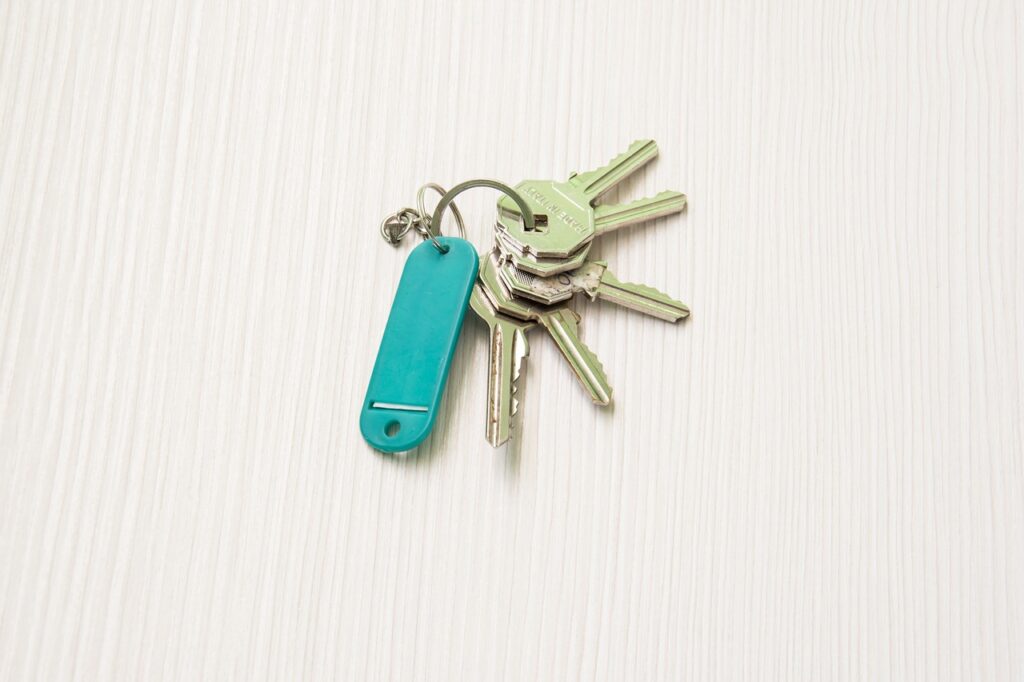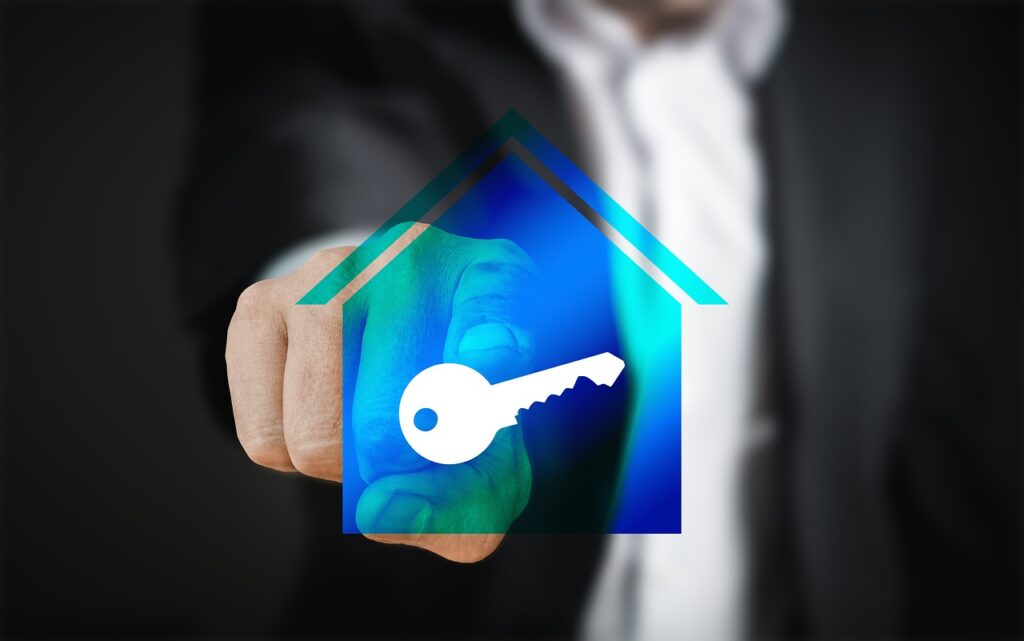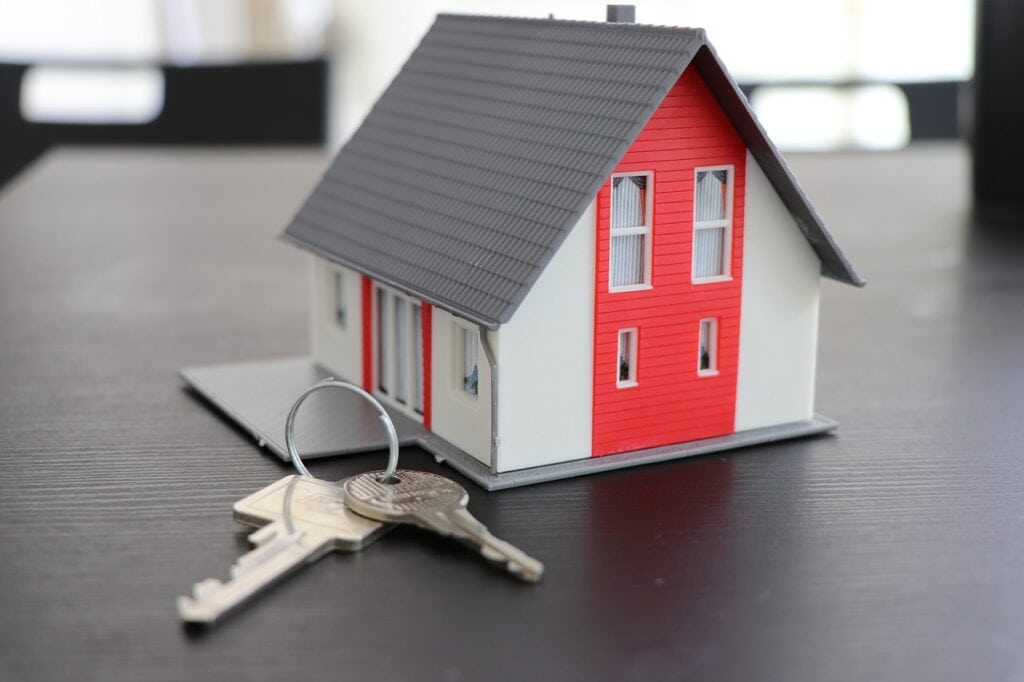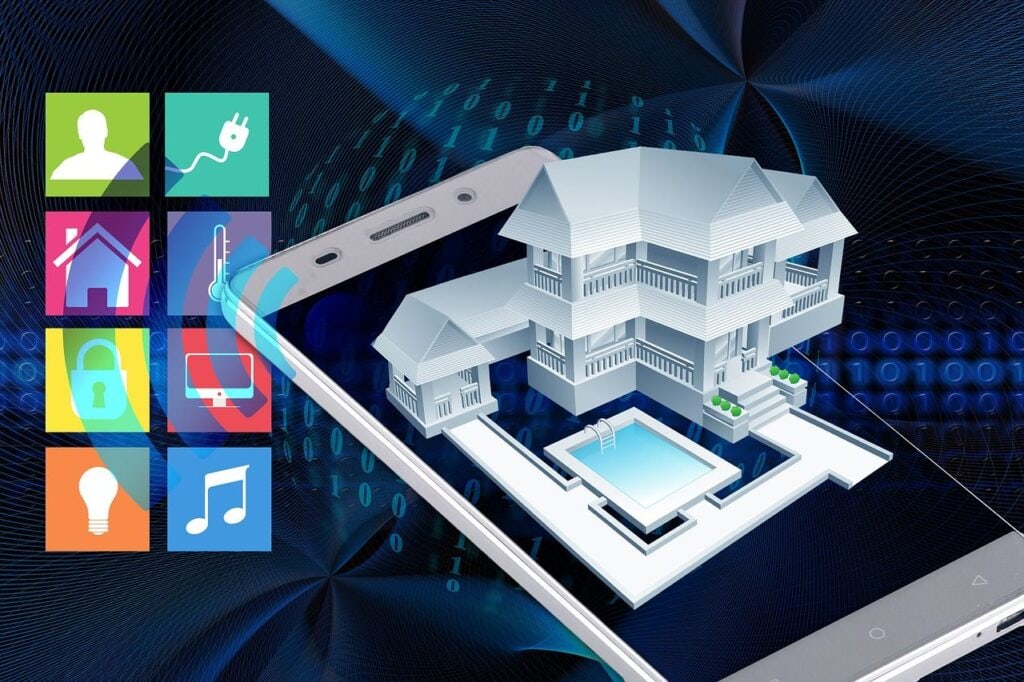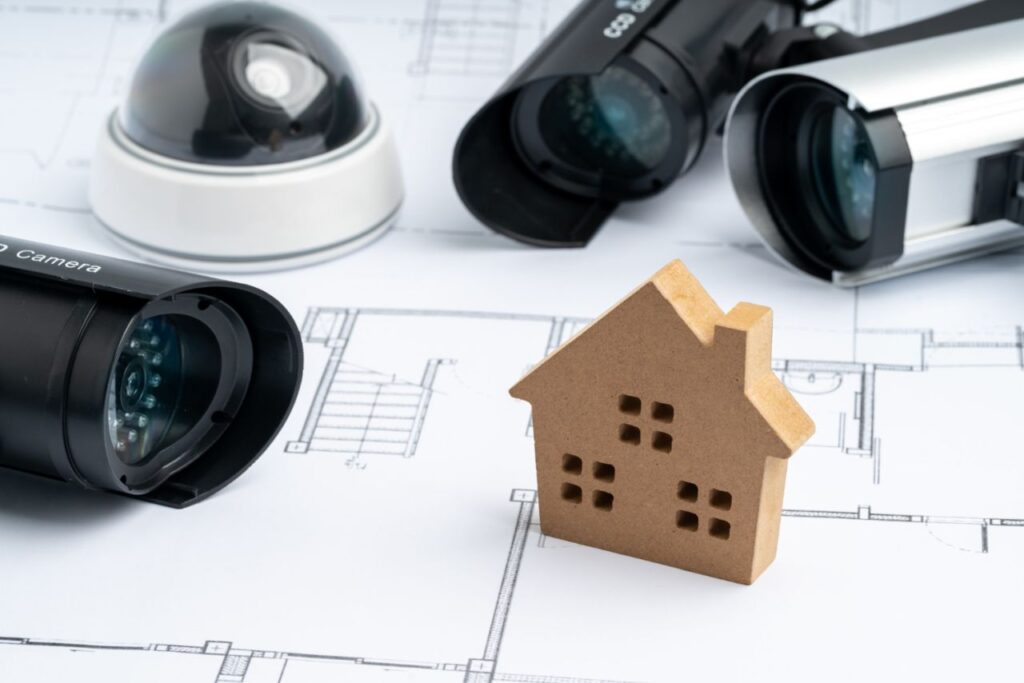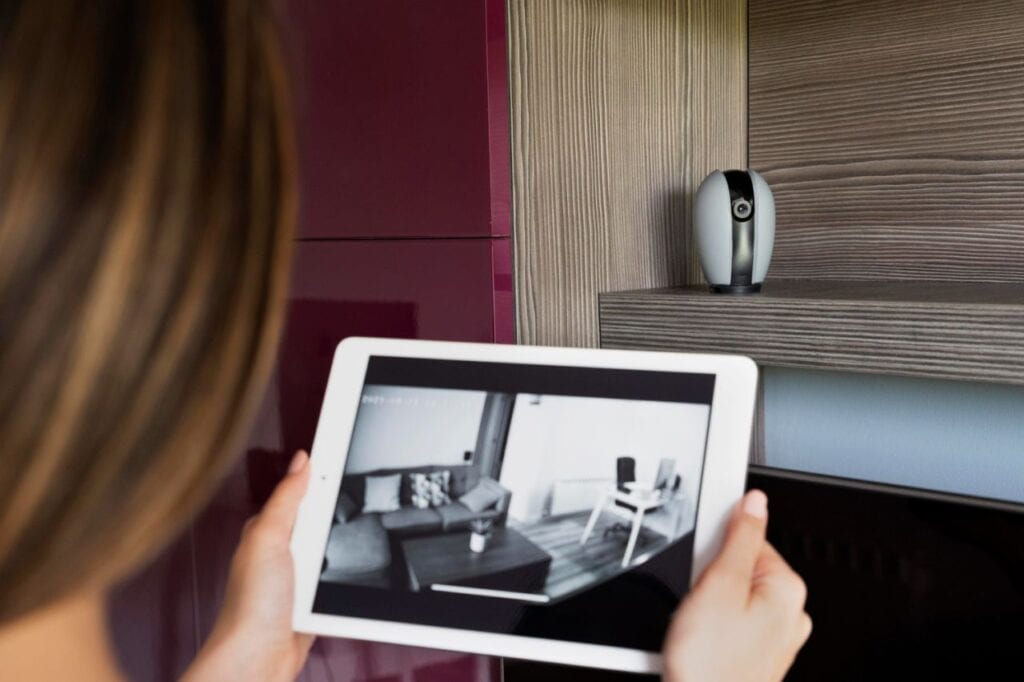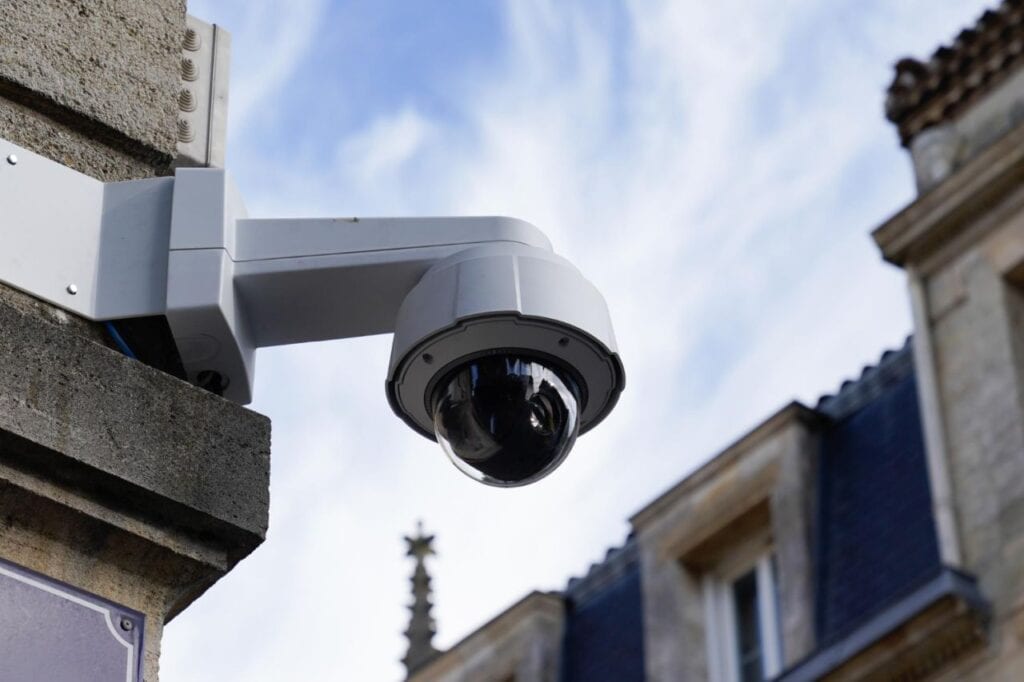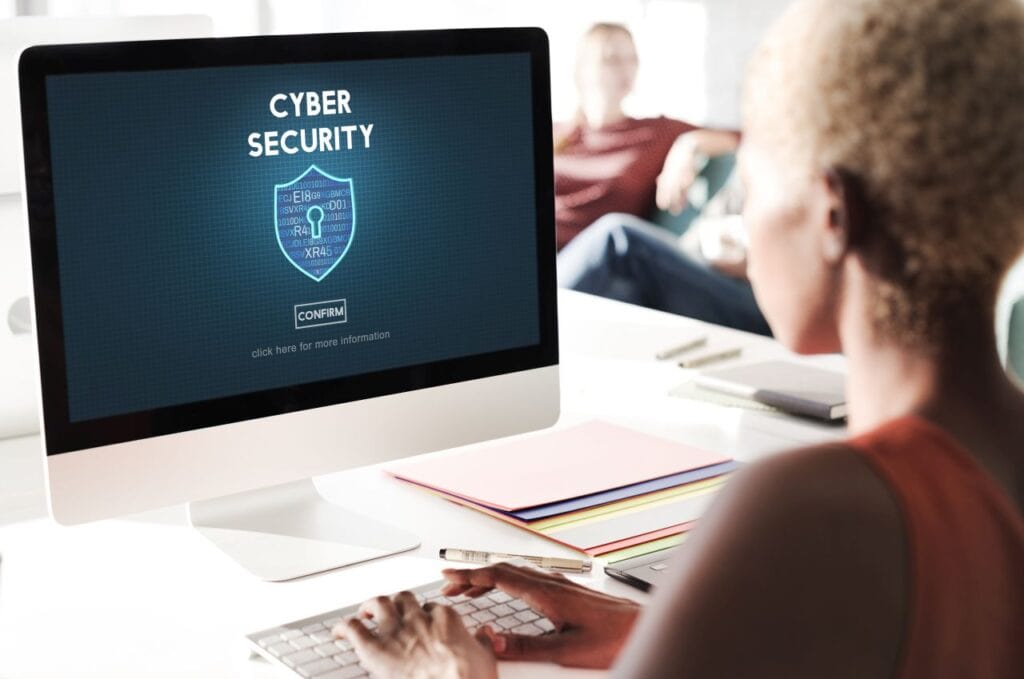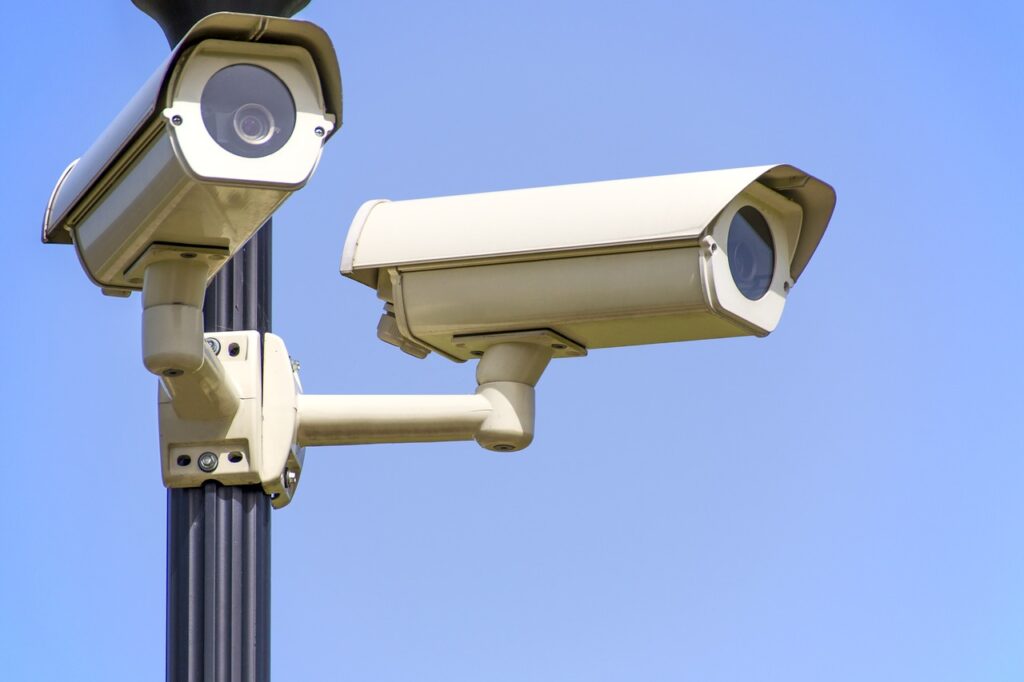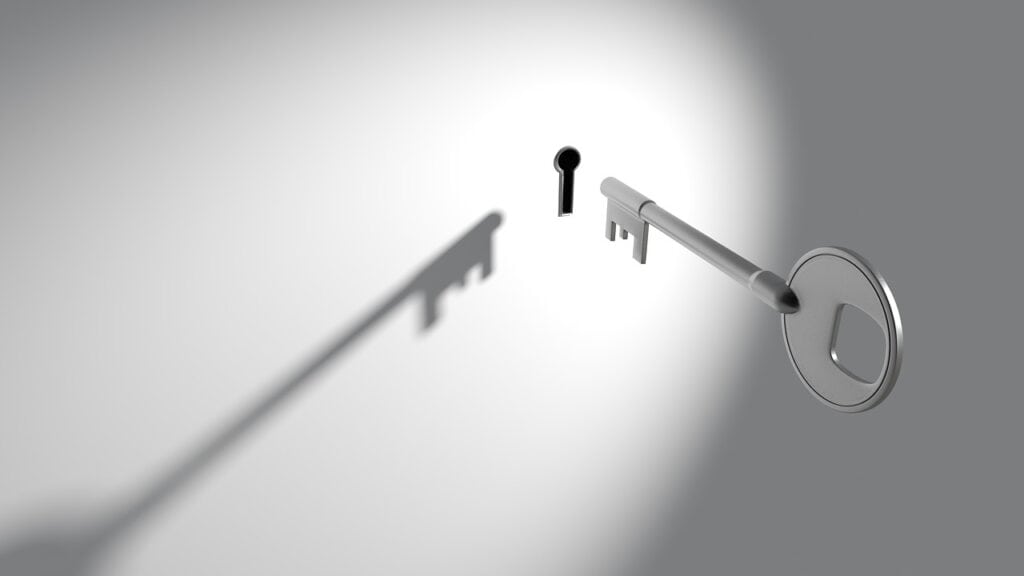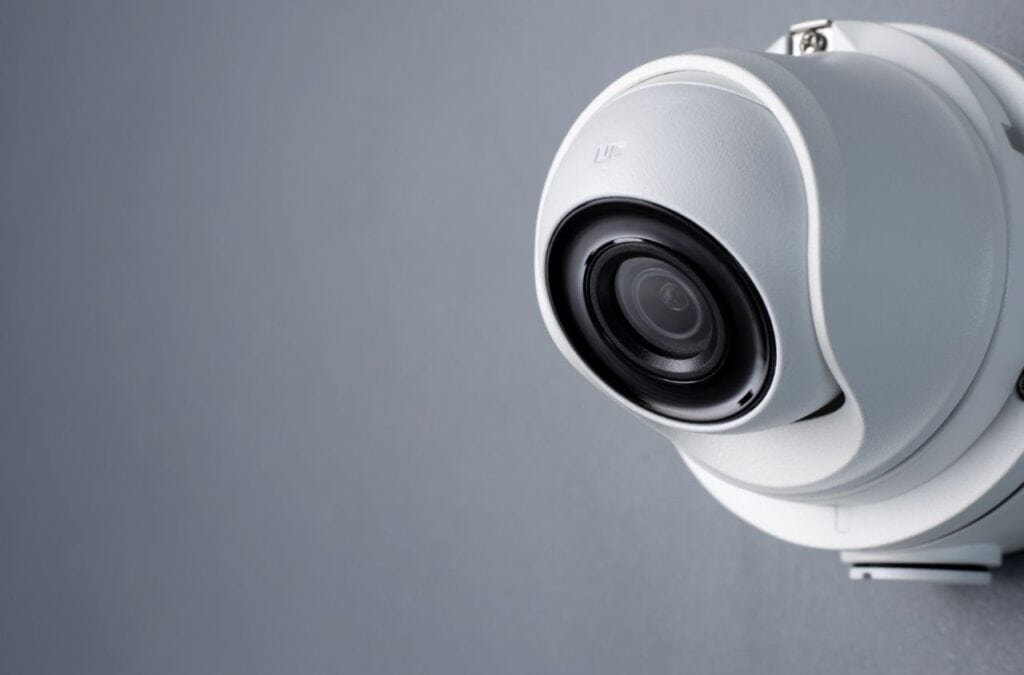Wi-Fi security systems are gaining popularity as a way for people to secure their families and properties. However, as is the case with any technological tool, you need to know what you're doing if you want to keep your home secure. By reading this blog post, you can learn how to better protect your wireless security system.
How To Secure Your Household Wi-Fi Network.
Most people's only defence against unauthorised access to their home wireless network is a password. This is done to safeguard your information from prying eyes, such as nosy neighbours. However, the security of our home networks is crucial, and we must take further measures beyond just setting up a password.
Home network security consists of two main components. The first is to invest in a high-quality next-generation equipment that comes equipped with its own security capabilities to keep your router safe from intrusion. With this setup, you can set up the router to have parental controls, a VPN, a firewall, and even DNS filtering. Worrying about your home’s security? Then Defend Security Group home security Melbourne is the right choice!
The second important concern is the safety of the devices that connect to the network via the router. All types of network connectivity, including wireless, are included.
Frequently Asked Questions About Wireless Security Systems
- Buy a "smart" security camera, not an IP security camera that requires more configuration.
- Get a camera from a trustworthy brand you recognize, like Nest or Amazon.
- Use a strong password when you create your online account for the camera.
- Enable two-factor authentication.
The Wi-Fi Settings opens. Click Manage known networks. Click the current Wi-Fi network you are connected to, and click Properties. Next to the Security type, if it says WEP or WPA2, your network is protected.
WPA2-PSK (AES): This is the most secure option. It uses WPA2, the latest Wi-Fi encryption standard, and the latest AES encryption protocol.
A connection that is not secure means just that — anyone within range can connect to it without a password. You might see this type of Wi-Fi network in public spaces, like coffee shops or libraries. Unfortunately, despite built-in security features, many people leave the default settings in place on their router/modem and network.
- Open your router settings page.
- Create a unique password on your router.
- Change your Network's SSID name.
- Enable Network Encryption.
- Filter MAC addresses.
- Reduce the Range of the Wireless Signal.
- Upgrade your router's firmware.
Is There A Way To Protect My Private Wireless Network At Home?
Smart TVs, computers, voice assistants, cellphones, IP cameras, and even linked appliances are just some of the wireless gadgets that could be hooked up to your home networks. You might have one of these gadgets on your own home network. You may lessen the likelihood of having your home Wi-Fi network compromised and your electronic devices hacked, as well as the theft of your personal information, if you adopt a few simple safety measures.
If I Set Up A Wi-Fi Network In My House, How Does It Function?
Your Wi-Fi system is what allows you to access the internet wirelessly at home. Most commonly, a wireless router is utilised. This is a device that sends and receives signals wirelessly. With that signal, you can hook up to the web. However, without a password protecting your network, any nearby device can pick up your signal and use your internet connection.
Wi-Fi has many advantages, and here are a few of them. Use a wireless connection to access the web. In other words, what's the catch? Your internet activities, including potentially identifying information, may be visible to neighbours who access to your unsecured network. As an added caution, any illegal or unethical spam sent from your network could be traced back to you.
Protect Your Wireless Network
Data transmitted over your network is encrypted so that it cannot be deciphered by an unauthorised party. As a result, it will be harder for others to track your online activity or collect information about you. By switching your router's security settings to WPA3 Personal or WPA2 Personal, you may quickly and easily encrypt your network. While both WPA2 and WPA3 may encrypt your data in transit, WPA3 is the most up-to-date and secure option.
The Router Is Outdated. Neither WPA3 nor WPA2 are supported by your router, right? Even though WPA and WEP are now considered archaic, they are still used by some older routers. If those are your only available selections, you may want to update your router's software. After then, double-check to see if WPA2 or WPA3 are still available. At the end of the day, you need to think about buying a new router if the one you have is not protecting your data.
Modify The Factory-Set Passwords For Your Router
Some routers have passwords configured for them right out of the box. These passwords are easy for fraudsters to find, therefore it's important to switch to something stronger. If you want to secure your router, you should change the passwords for both wireless networks.
- A Wi-Fi network's password is required if a device is to be connected to that network. Your wireless network needs a password to keep intruders out, and it's best if that password is both unique and difficult to crack.
- To change settings and perform other administrative tasks on a router, you'll need to know its admin password. You can modify the settings, such as the wireless network's password. If a hacker were able to access your router's control panel, they may alter its settings (including your Wi-Fi password). That will completely nullify any other safety measures you might have taken.
One of the first things you should do if you need to reset the administrator or network password on your router is to track down the name of the manufacturer. Then, go online and type in "how to change the Wi-Fi network password on [your router manufacturer]" and "how to change the admin password on [your router manufacturer]". Having problems even now? Make your own contact with the maker.
Make Sure Your Router Is Running The Latest Software.
If you want to ensure the safety of your wireless network, the software is crucial. Unfortunately, the firmware of the wireless router has bugs, just like any other piece of software. These issues may grow into serious vulnerabilities that hackers can exploit with devastating speed and precision.
Unfortunately, many wireless routers lack the capacity to auto-update their firmware, so you'll have to go through the bother and discomfort of doing so by yourself. If your Wi-Fi network supports automatic updates, you'll still need to activate this feature. You must have these items available before you can instal a new router or make any changes to an existing one:
- Try looking up the maker's website to see whether an updated software version is available for download.
- Make sure you're always using the most recent firmware for your router by registering it with the manufacturer and opting to receive software updates.
- Your Internet service provider (ISP), such as Comcast or Verizon, may offer automatic updates for the router you purchased from them.
On the other hand, we'd like to emphasise the importance of keeping your software up-to-date and how neglecting to do so might make it simpler for hackers to exploit a number of vulnerabilities. Read what the industry experts have to say about why software updates are crucial to your online safety.
You Should Disable "Remote Management," "Wps," And "Universal Plug And Play" (Upnp).
Certain routers offer functions that, while convenient, put your network at risk. For instance, if you can access your router's admin page online, you can alter its settings remotely. As an added bonus, PS lets you connect a device to the internet with the push of a button on the router instead of typing the network password. Time spent manually entering the password is avoided. Finally, UPnP ensures that your electronic devices may discover each other via the network. While these conveniences may make it easier to accomplish things like add devices or grant guests Wi-Fi access, they may also reduce network security. Check this list of high-quality and affordable Melbourne CCTV to help you decide which product to choose for your home security.
Create A Guest Wi-Fi Network
Many routers allow you to create a separate, guest network that is accessible via a different name and password. This is a good idea for two reasons linked to safety:
- The number of people who know the password to your main Wi-Fi network will go down if you use a different login for guest access.
- A visitor's mobile device, even if inadvertently carrying harmful software, will be unable to connect to your main network or any of your equipment.
Turn Off The Admin Account
Please remember to exit the administrator account when you have done configuring the router or making changes to the settings. Changing passwords and tinkering with other security-related settings are among the things an administrator can do while signed in. Intruders might easily compromise your network and seize control of your devices if they obtained access to your administrator account.
Safeguard Your Electronics
Devices that aren't adequately secured can allow hackers the same access to your network as can unsecured networks. You may acquire some helpful methods for keeping your electronic devices secure by reading up on how to maintain their safety.
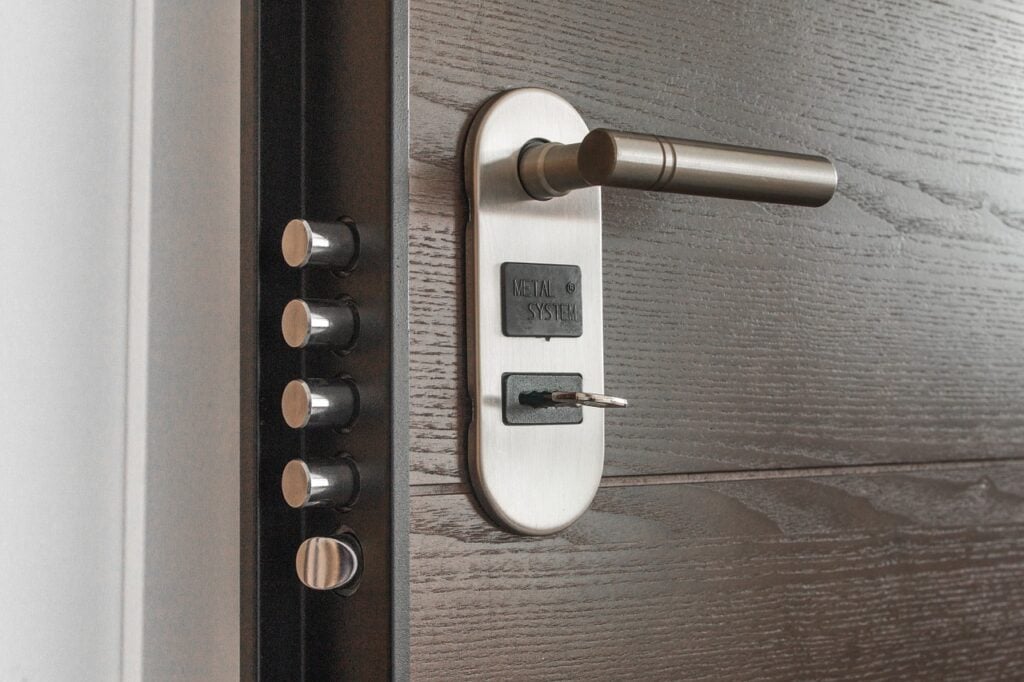
Strengthen Security On All Networked Equipment
Install A Reliable Virus Protection Programme
As we indicated at the outset, there are many moving parts to consider when trying to fortify the security of your home network, not the least of which is your Wi-Fi router. If you want to keep hackers out of your home network, you'll need to tighten up the security on every device.
One of the simplest and most effective initial steps is to instal an antivirus programme. Antivirus (AV) software was developed to safeguard, identify, and prevent dangerous software from installing itself on a computer system. It is among the most popular tools for home users to protect their computers from cyber threats. This is achieved by constantly checking any new files that are downloaded to your devices against a library of known viruses and other forms of malware.
Upgrade Your Operating System
In order to break into a private network, hackers frequently exploit outdated software that has not been updated. If you don't want bad guys to exploit security holes in your apps, you should keep all of your devices patched up to date.
Many individuals don't give this enough thought, despite the fact that it may quickly become a major distraction and eat up a lot of their time. Using HeimdalTM Threat Prevention House, you can simplify the procedure and lower the possibility of this risk occuring in your home.
Put In A Virtual Private Network
If you want to further protect the devices you use most in your house, you should set up a virtual private network (VPN). Using a VPN to convert your public internet connection into a private one protects your privacy and security as you surf the web. If you go about things in this way, it will be extremely tough for bad guys to track you down online.
Certain routers, as was mentioned in the prior section of this article, can really execute the VPN software locally. If yours has this capability, it means you can quickly and easily protect any gadget that connects to your home network. A lack of this capability indicates that you are unable to use this feature. Nonetheless, there are some routers that don't have this capability.
Open-source DD-WRT firmware can be downloaded and installed to improve your device's functionality. VPNs require a router to have native support for them, and this is one way to get around that. It acts as a management system for the router, allowing for its firmware to be updated to provide new features.
Remember that doing so will render your brand-new device's warranty null and void. In addition, it isn't compatible with every brand and model on the market right now, but the website has a full rundown of which ones it is.
The VPN should ideally be active on the router in addition to the most utilised devices. If you use this strategy whenever you connect a mobile device (such a laptop or smartphone) to your home network from somewhere other than inside your house, you can be assured that your data is secure.
Filtering Dns Traffic Is An Important Consideration
Filtering domain name servers (DNS) is another advanced measure that can be taken to protect devices on a home network. This strategy will make it simpler to filter out potentially harmful or improper content and limit access to rogue websites. Filters, such as parental controls, can benefit from this solution as well, as can the prevention of cyberattacks. The HeimdalTM Threat Prevention Home can even help in this respect.
Do Your Homework Before Purchasing An Internet Of Things Device
Does your home network need more IoT functionality? If you want to keep your connection secure, you should read up on the subject thoroughly before utilising it. If you're looking to buy a surveillance camera or smart mop, for example, you might think you're getting a simple product. However, the software that runs on these devices could have serious security problems.
IP Security Cameras: How To Lock Them Down?
IP security cameras allow you to keep an eye on your property, kids, pets, and anything else you choose worthy of monitoring. Home security video systems are vulnerable to hacking by both criminals and automated software, as are most other technology solutions. To keep yourself safe, implement some common sense measures to beef up your security.
Replace The Firmware On Your Camera
Most modern IP security cameras allow for firmware updates to be performed by the customer. Therefore, when a security hole is found in an IP security camera, the vendor normally releases a new firmware version to fix the problem. Connecting a web browser to the camera's administration interface allows you to do firmware updates.
You should always check the manufacturer's website for updated firmware for your IP security camera. By doing so, you can ensure that the version you are running does not have any security flaws that have not yet been patched and could be used by spies or hackers.
Avoid Going Global With Your Cameras
You shouldn't hook up your cameras to the internet if you don't want the footage uploaded. If security is your primary concern, you should keep your cameras off the internet by keeping them on a private network and giving them internal IP addresses (for example, 192.168.0.5 or similar). When using camera software that enables internet connectivity via port forwarding or UPNP, cameras can still be made publicly accessible even if they have non-routable IP addresses.
If you want your IP camera to just work locally, you may find out how to do so by visiting the manufacturer's website.
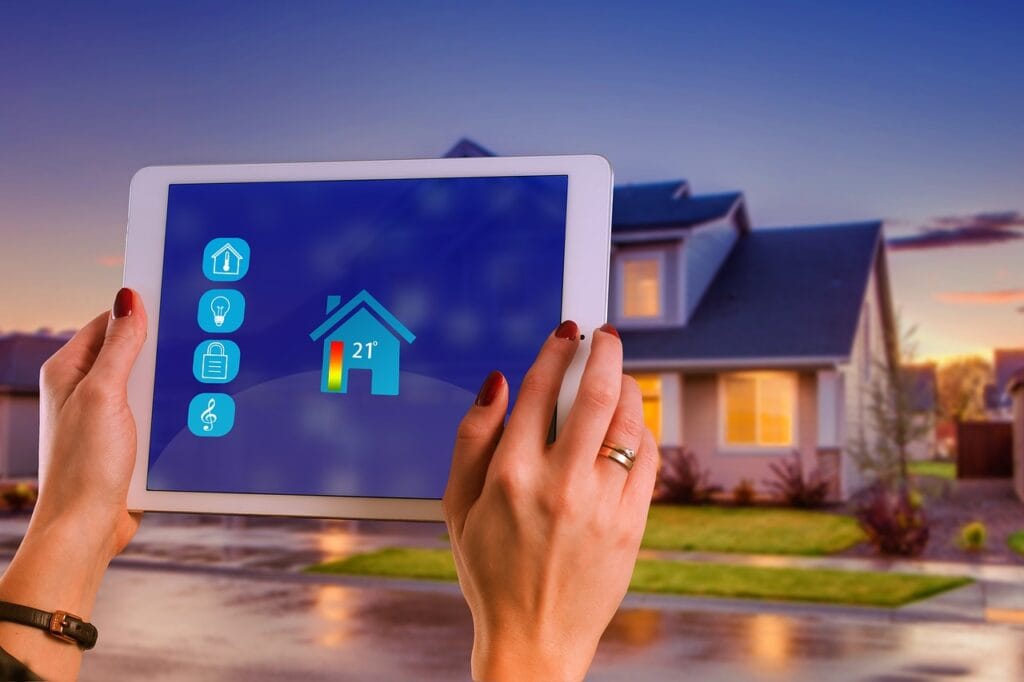
Guard Your Cameras With Passwords
Most IP cameras do not require a password to be accessed. However, some users forget to secure their cameras with a password after initial setup, leaving them open to abuse by anyone.
Most modern cameras include built-in authentication at the very least. Having anything, even if it isn't very durable, is better than having nothing at all. Always use a secure password and make sure to change it regularly to keep unauthorised users from accessing your camera feeds.
Rename And Change Default Admin Password
Your camera's default admin name and password were likely set by the manufacturer; you may find this information by visiting the manufacturer's website and heading to the support section for your camera's model. A novice hacker can access your feeds and take control of your camera by simply looking up the default admin name and password online if you haven't changed them.
Secure Your Wireless Camera With WPA2
You should only utilise the wireless features of your camera on a WPA2 encrypted network. If you do this, wireless snoops won't be able to connect to your camera and view your footage.
Avoid Putting IP Cameras In Unwanted Locations.
You shouldn't put an IP security camera in a room where people who aren't your immediate family members shouldn't be able to see you. Though you may have taken every precaution to protect your cameras, a Zero-Day exploit that hasn't been discovered by the manufacturer could still compromise them.
Conclusion
Wi-Fi security systems are becoming increasingly popular as a means of protecting homes and businesses. Protecting your home's wireless security system is discussed in this blog post. Setting up a password isn't enough to ensure the safety of our home networks. The information passing across your network is encrypted so that no one can read it but you. Network encryption is as simple as changing your router's security settings to WPA3 Personal or WPA2 Personal.
Unfortunately, the firmware of many wireless routers cannot be updated automatically, so you'll have to go through the hassle of doing so manually. Register your router with the developer and enable software updates to ensure you're always running the latest version. While useful, several features on Wi-Fi routers might actually compromise security. You can make remote adjustments to your router as long as you have access to its administration page online. You should increase the security on all of your gadgets to prevent hackers from entering your home network.
In order to keep their computers safe from malware, many home users turn to antivirus software. Using a virtual private network (VPN) to encrypt your internet connection is an effective way to avoid prying eyes and prevent data breaches. One of the best ways to guarantee that all of your devices are running the most recent security patches is to upgrade your operating system. The router and primary devices should both have the VPN service running. To further secure the devices on a home network, DNS filtering can be implemented.
Even here, assistance is available thanks to the HeimdalTM Threat Prevention Home. After initial setup, some users fail to remember to password-protect their cameras, leaving them susceptible to misuse. If you don't want the footage uploaded, don't connect your cameras to the internet. Prioritizing security requires keeping cameras off the internet and on a private network with static IP addresses.
Content Summary
- To keep your home safe, though, you need to know what you're doing with the technology.
- Learn how to keep your wireless security system safe by reading this post.
- In most cases, a password is the sole thing protecting a wireless network from unauthorised access.
- We support wired and wireless connections equally well.
- One of these devices might already be part of your home network.
- If you take some basic precautions, you can reduce the chances of having your home Wi-Fi network hacked, your electronic devices hijacked, and your personal information stolen.
- If your network isn't password-protected, though, anyone within range can use your Wi-Fi.
- The network can be encrypted fast and easily by changing the router's security settings to WPA3 Personal or WPA2 Personal.
- You should change the default passwords on your router.
- Changing the wireless network passwords on your router is an important step in protecting your network from unauthorised access.
- In order for a device to join a particular Wi-Fi network, the network's password must be entered.
- In the event that you need to change your router's administrator or network password, finding out who made it should be one of your first priorities.
- Then, head to a search engine and look up instructions for changing both the Wi-Fi password and the admin password for your specific router model.
- Having reliable software is essential if you care about the security of your wireless network.
- Unfortunately, the wireless router's firmware, like any other piece of software, is not perfect and has faults.
- Many wireless routers do not have the ability to auto-update their firmware, therefore you will have to go through the hassle and pain of doing so manually.
- However, even if your Wi-Fi network enables automatic updates, you must enable this function.
- Register your router with the developer and enable software updates to ensure you're always running the latest version.
- If you bought your router from an ISP like Comcast or Verizon, for example, they might offer automatic updates.
- Conversely, we'd want to stress the significance of maintaining software updates and how failing to do so may make it easier for hackers to exploit a variety of vulnerabilities.
- Experts in the field explain why it's so important to keep your software up-to-date for online safety.
- While useful, several router features can actually compromise the security of your network.
- By way of illustration, you can make remote adjustments to your router's settings if you have access to its administration page online.
- At the end of the day, UPnP makes sure your gadgets can automatically find each other over the internet.
- Browse the following economical and high-quality Melbourne CCTV options before making a purchase.
- Many routers include the option of setting up a second, password-protected network specifically for guests.
- Having a separate login for guests reduces the amount of users who have access to your primary Wi-Fi network.
- When you are finished configuring the router or making changes to the settings, you must log out of the administrator account.
- If an attacker were to gain access to the administrator account, they might potentially breach the network and take command of the devices.
- As we mentioned at the outset, your Wi-Fi router is only one of several potential weak points in your home network's defences.
- Security on all devices should be increased if you wish to prevent unauthorised access to your home network.
- Setting up an anti-virus programme is a simple and effective first step.
- Keeping all of your devices patched is essential if you don't want malicious actors to use flaws in your apps to gain access to your data.
- If you're concerned about your online security, a virtual private network (VPN) can help by making your public internet connection appear to be private.
- To use a VPN, a router needs to support VPNs natively; this is one workaround.
- Additionally, the website includes a comprehensive rundown of the brands and models with which it is compatible.
- The router and primary devices should both have the VPN service running.
- Data is safe when you utilise this method whenever you connect a portable device (such a laptop or smartphone) to your home network from outside the house.
- To further secure the devices on a home network, DNS filtering can be implemented.
- However, there may be critical vulnerabilities in the software powering these gadgets.
- Increase your level of security by following some basic precautions to ensure your safety.
- Customers may change the firmware on most modern IP security cameras themselves.
- The camera's firmware can be updated via a web browser connected to the administration interface.
- If your IP security camera hasn't been updated with the latest firmware, check the manufacturer's website immediately.
- If you don't want the footage uploaded, don't connect your cameras to the internet.
- If privacy is your top priority, don't let your cameras have external IP addresses but instead maintain them on a private network (for example, 192.168.0.5 or similar).
- Even if a camera does not have a publicly routable IP address, it can still be made accessible to the public by installing software that allows internet connectivity via port forwarding or UPNP.
- The majority of IP cameras may be accessed without a password.
- However, some users, after setting up a camera, neglect to protect it with a password, leaving it vulnerable to abuse.
- To prevent unauthorised access to your camera feeds, you should routinely change the password and always use a strong one.
- Wpa2 is an excellent way to protect your wireless camera.
- The wireless capabilities of your camera should only be used over a secure WPA2 network.
- If you don't want individuals who aren't members of your close family to be able to view you, then don't set an IP security camera in that room.
- SKK Smart Security System.
- Samsung SmartThings ADT Wireless Home Security.
- Yale All-in-One Smart Home Security Bundle.
- SABRE Home Security System.
- HiiStar Wireless Safety Security Alarm System.
- Skylink Wireless Security Home Automation System.
- Amcrest Home Security System.
All home security systems charge a monthly fee for monitoring services. The home security system monthly cost typically ranges from about $10 to $50, with prices varying depending on the amount of equipment being monitored, and how advanced the services are.
There's no question that alarm systems deter crime and can increase the odds of catching a burglar if your home does get broken into. ... Security systems and monitoring discourage break-ins: 60% of convicted burglars say they will target another home if they discover a security system in the one they are trying to rob.


